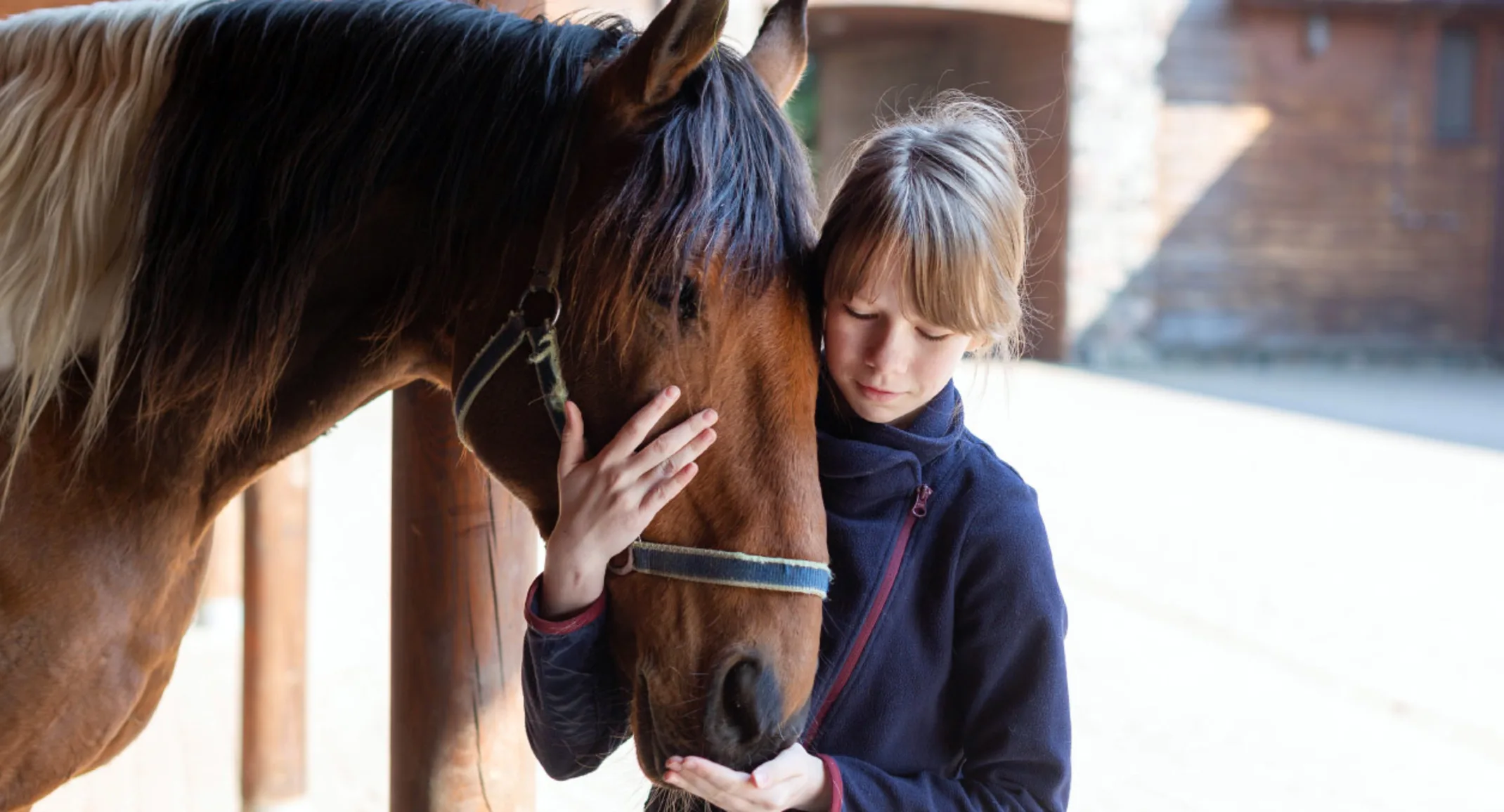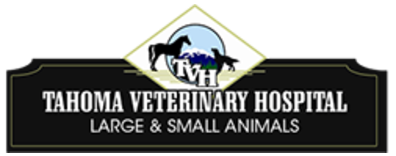How to Feed Your Horse or Pony
Health

Horses in the wild traditionally fed themselves on roughage. However, since their domestication a diet based on roughages with concentrates, where necessary is needed to keep them in prime condition and fit for their work. In practice, this means a combination of forages and proprietary compounds or home mixes.
What are my horse’s nutritional requirements?
Roughages are needed to aid the digestion process and maintain a healthy gut function. In summer grass is the principal roughage and in winter hay, which must not be dusty or moldy and alfalfa is rich in calcium essential for bone growth.
Concentrates are man-made feeds containing all the constituents nutritionally required in a compact form. These are predominantly cereal grains of oats, barley, and maize with their main function being an energy source for the horse. Care must be taken to prevent overfeeding of cereals as ‘heating’ may occur which results in behavioral problems usually seen as over-excitement. Cereals fed to ponies in particular should be carefully rationed to prevent control issues.
Protein feeds are needed for growth. Extracted soya bean meal, linseed, peas, and beans are all sources rich in protein. Oils and vitamins can also be provided by this feed group which can aid a variety of functions including amino acid production and maintenance of coat condition.
Bran is both a source of protein and fiber and is a by-product of the milling process. However, care should be taken as bran contains phosphorous compounds which combine with calcium in the stomach to prevent its absorption therefore hampering bone development, particularly in growing animals.
Sugar beet pulp is both a source of fiber and protein with the sugars absorbed quickly in the small intestine and the more fibrous content in the large intestine. Sugar beet pulp should always be thoroughly soaked before being fed to horses.
Molasses is a sweet-tasting by-product of the sugar industry and is a source of energy but is more commonly used as a palatable substance to tempt fussy eaters.
Compound feeds are the commercially available feeds seen in all Country Stores and fit into one of three categories:
complete feeds providing a complete nutritional package for the horse
complementary feeds providing a complete nutritional package when fed with roughages
balancer feeds provide extra protein, vitamins, and minerals to counteract any deficiencies when feeding cereals and roughage
These categories of compound feeds are then further divided into different classes of animals ranging from those doing little work, requiring a simple diet, to those in competition and heavy work requiring a much higher plane of nutrition.
